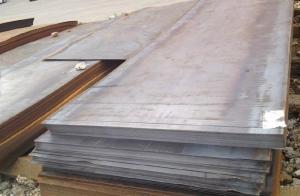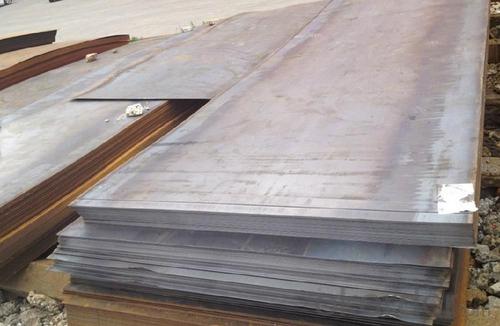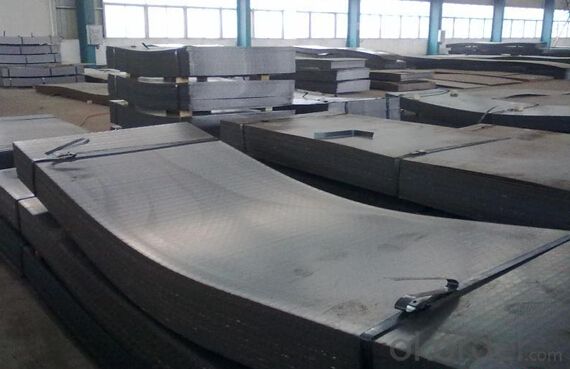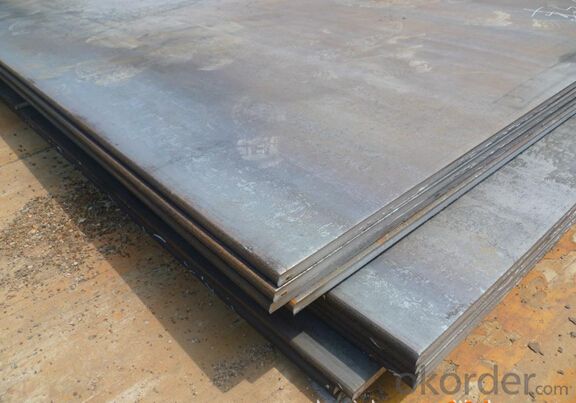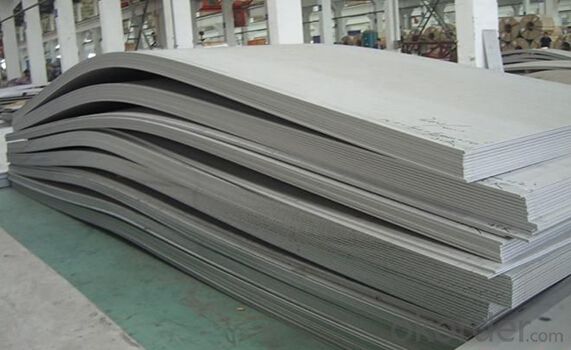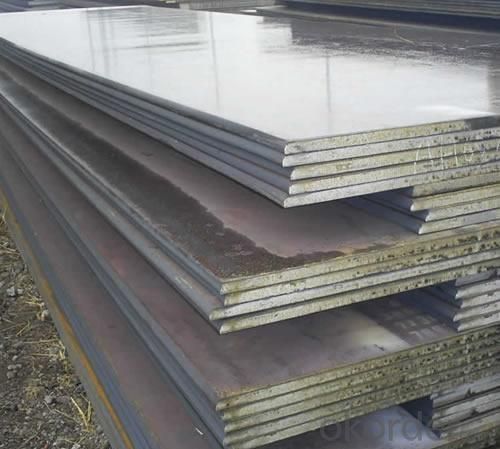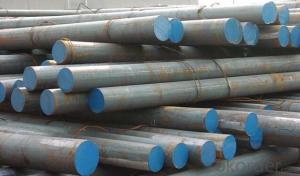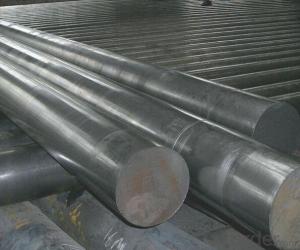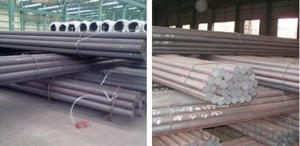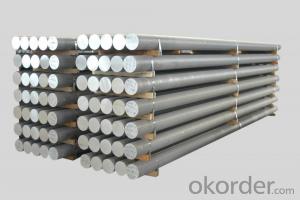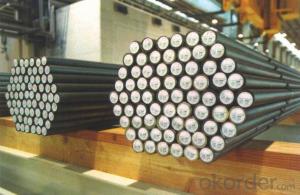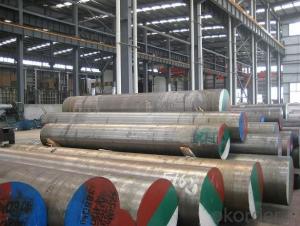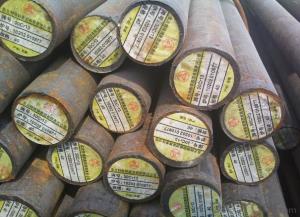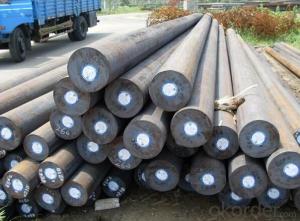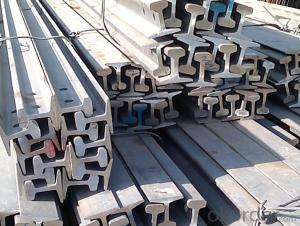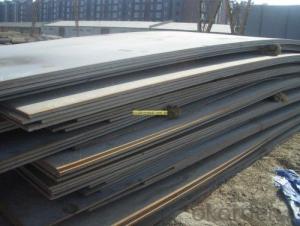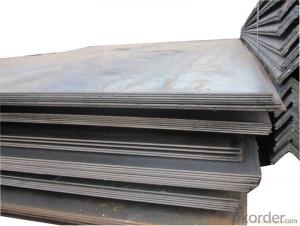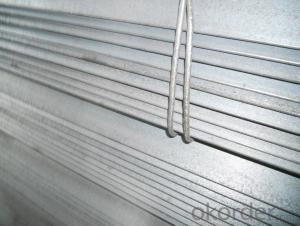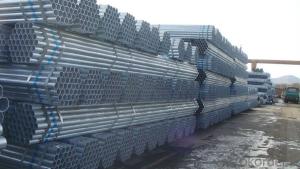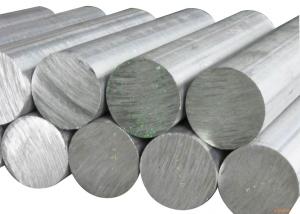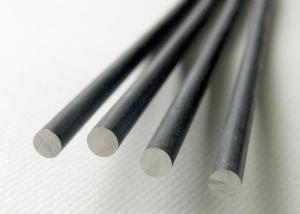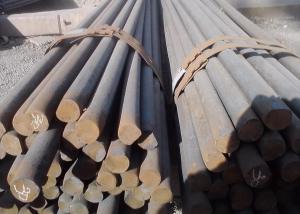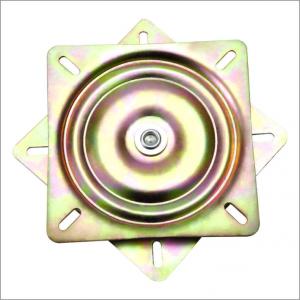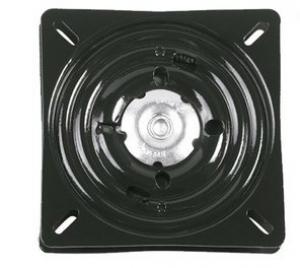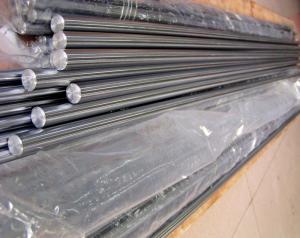Grade RINA DH32 Hot Rolled Mild Steel Plate
- Loading Port:
- Tianjin
- Payment Terms:
- TT OR LC
- Min Order Qty:
- 3 m.t.
- Supply Capability:
- 100000 m.t./month
OKorder Service Pledge
OKorder Financial Service
You Might Also Like
Specification
Grade RINA DH32 Hot Rolled Mild Steel Plate
Detailed Information of Grade RINA DH32 Hot Rolled Mild Steel Plate
| C | Si | P | S | yield Strength MAp | Tensile strength MAp | Elongation % | ||
| A36 | 0.24 | 0.4 | 0.045 | 0.03 | 250 | 400-520 | 26 | |
| C | Si | Mn | P | S | Cu | |||
| A283 | ≤0.27 | 0.15-0.4 | ≤0.9 | ≤0.035 | ≤0.04 | ≥0.2 | ||
| Thickness: | 6mm, 8mm, 12mm, 16mm, 20mm, 25mm, 30mm, 50mm, 80mm, 100mm, 150mm, 200mm | |||||||
| Width: | 1500mm, 1800mm, 2000mm, 2200mm, 2500mm | |||||||
| Length: | 6000mm, 8000m, can cut to width and length | |||||||
| Packing Details; | according to customer‘s require or export’s standard | |||||||
| Delivery time; | 7 days for stock sizes, 20-25 days for new production sizes | |||||||
| Port: | Tianjin China | |||||||
Related Products Overviews of Grade RINA DH32 Hot Rolled Mild Steel Plate
Product Name | Typical Grades | Diameter(mm) | Standard Adopted |
Carbon Steel | 20 (1020/S20C/C22) |
Ø16-Ø300 |
GB/SAE/ JIS/DIN |
40 (1040/S40C/C40) | |||
45 (1045/S45C/C45) | |||
Bearing Steel | GCr9 (51100/SUJ1) |
Ø12-Ø250 | |
GCr15 (52100/SUJ2/100Gr6) | |||
GCr9SiMn (A485-Gr.1/SUJ3) | |||
Cr-Mo Steel | 20Cr (5120/SCr420H/20Cr4) |
Ø12-Ø250 | |
40Cr (5140/SCr440/41Cr4) | |||
42CrMo(4140/SCM440/42CrMo4) | |||
Gear Steel | 20CrNiMo |
Ø16-Ø600 | |
20CrMn(5115/SMnC420/20MnCr5) | |||
20CrNiMo(8620/SNCM220/20CrMiMo2) |
Related Products Application of Grade RINA DH32 Hot Rolled Mild Steel Plate
Carbon Steel | l Mold bottom l Plastic mold l Construction machinery parts l Automobile parts l Security grills l Screens l Construction |
Bearing Steel | l Aerospace l Navigation l Nuclear energy l Chemical industry l Electronic information l Petrochemical l Instrument and meter l Transportation |
Cr-Mo Steel | l Mechanism & Fasteners gear l Stressed components for vehicles l Engines and machines l Parts of larger cross-section |
Gear Steel | l All kinds of gears l Statically and dynamically stressed component for vehicles l Engines and machine l Larger cross-section parts l Crankshafts |
Company Introduction of Grade RINA DH32 Hot Rolled Mild Steel Plate
CNBM International Corporation is the most import and export platform of CNBM group(China National Building Material Group Corporation) ,which is a state-owned enterprise, ranked in 270th of Fortune Global 500 in 2015.
With its advantages, CNBM International are mainly concentrate on Cement, Glass, Iron and Steel, Ceramics industries and devotes herself for supplying high quality series of refractories as well as technical consultancies and logistics solution.
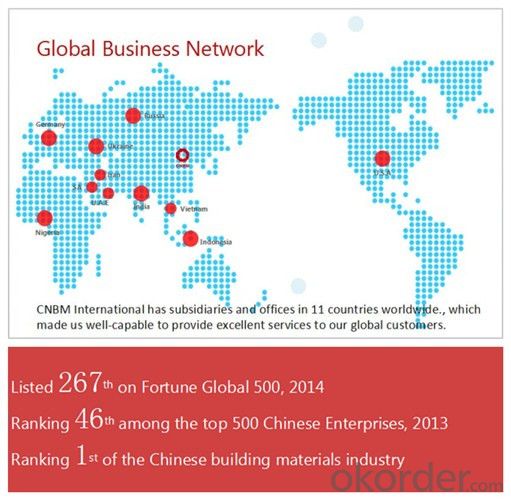
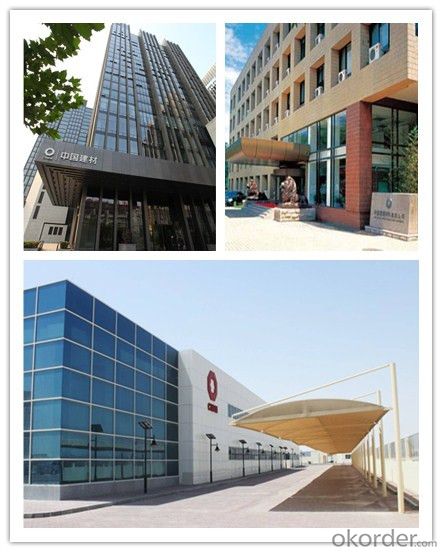
After-sale service | l CNBM provides the services and support you need for every step of our cooperation. We’re the business partners you can trust; you can relax and get on with doing business. l For any problem, please kindly contact us at any your convenient time, we’ll reply you in our first priority within 24 hours
|
Advantages
| l Industry experience over 20 years. l Shipment of goods -More than 70 countries worldwide. l The most convenient transport and prompt delivery. l Competitive price with best service. l High technical production line with top quality products. l High reputation based on best quality products.
|
Packaging & Delivery of Grade RINA DH32 Hot Rolled Mild Steel Plate
Packaging Detail | Sea worthy packing /as per customer's packing instruction |
Delivery Detail | 15 ~ 40 days after receiving the deposit |
Products Show
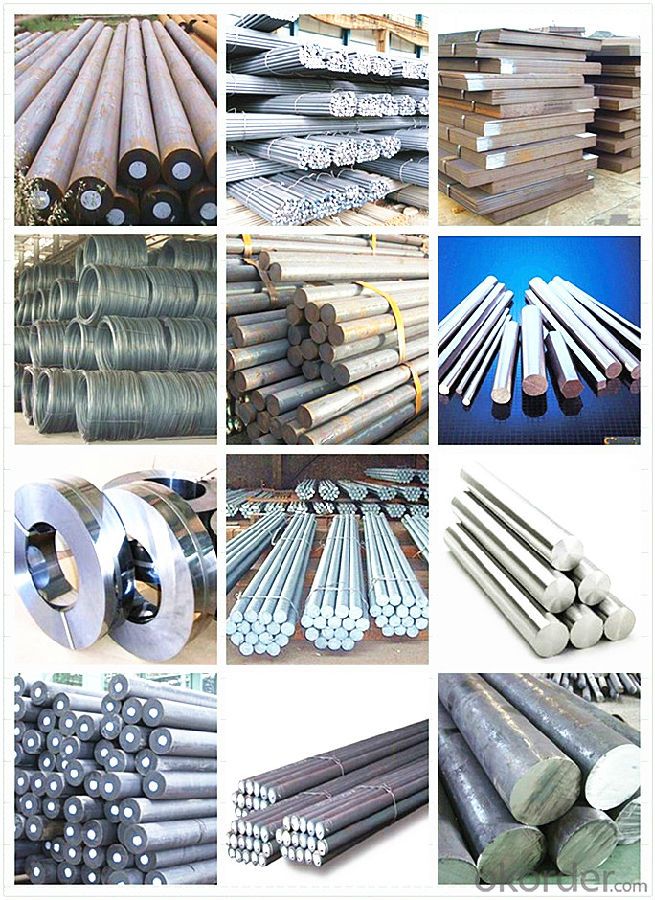
FAQ:
Are you a trading company or manufacturer? | Manufacturer |
What’s the MOQ? | 3 metric ton |
What’s your delivery time? | 15-35 days after downpayment received |
Do you Accept OEM service? | Yes |
what’s your delivery terms? | FOB/CFR/CIF |
What's the Payment Terms? | 30% as deposit,70% before shipment by T/T |
Western Union acceptable for small amount. | |
L/C acceptable for large amount. | |
Scrow ,Paybal,Alipay are also ok | |
Why choose us? | Chose happens because of quality, then price, We can give you both. Additionally, we can also offer professional products inquiry, products knowledge train (for agents), smooth goods delivery, excellent customer solution proposals. |
What's your available port of Shipment? | Main Port, China |
What’s your featured services? | Our service formula: good quality+ good price+ good service=customer's trust
|
Where are your Market? | Covering more than 160 countries in the world |
- Q: How is high-temperature stainless steel used in the production of gas turbines?
- High-temperature stainless steel is used in the production of gas turbines due to its excellent heat resistance and corrosion properties. It is used to fabricate components such as combustion chambers, turbine blades, and exhaust systems, which are exposed to extreme temperatures and corrosive environments. The high-temperature stainless steel ensures the durability and efficiency of gas turbines, allowing them to operate at high temperatures without compromising performance or longevity.
- Q: How does special steel perform under high-temperature conditions?
- Special steel is specifically engineered to excel in high-temperature scenarios, showcasing impressive resistance against thermal expansion, oxidation, and creep. This enables the steel to uphold its structural integrity and mechanical properties when exposed to elevated temperatures. The exceptional performance of special steel can be attributed to its distinctive composition, often consisting of elements like chromium, nickel, and molybdenum. These alloying components create a protective oxide layer called passivation on the steel's surface, acting as a barrier against corrosion and further enhancing its ability to withstand high temperatures. Moreover, the microstructure of special steel is meticulously regulated through various heat treatment processes, including quenching and tempering, to attain optimal toughness and strength even in elevated temperature conditions. Consequently, special steel offers outstanding reliability and performance in high-temperature environments, making it the preferred choice for applications in power generation, aerospace, and petrochemical industries.
- Q: Is special steel magnetic?
- Certainly, special steel possesses the ability to exhibit magnetism. The magnetism displayed by steel relies upon its composition and the inclusion of specific elements, like iron, nickel, and cobalt. Special steels that incorporate these magnetic elements are capable of showcasing magnetic properties. Nonetheless, it is important to note that not all forms of steel possess magnetism. For instance, certain stainless steels possess elevated levels of non-magnetic elements, such as chromium, which diminish their magnetic properties. Consequently, whether a particular kind of special steel possesses magnetism or not hinges upon its composition.
- Q: How is special steel used in the medical industry?
- Special steel is used in the medical industry for a variety of applications such as surgical instruments, implants, and medical devices. The properties of special steel, including its strength, corrosion resistance, and biocompatibility, make it ideal for these purposes. It ensures the safety and effectiveness of medical procedures, allowing for precise and durable tools and implants that are essential for patient care.
- Q: Is special steel suitable for manufacturing molds and dies?
- The manufacture of molds and dies greatly benefits from the use of special steel. This type of steel encompasses a range of high-quality varieties that possess outstanding properties, including high hardness, wear resistance, toughness, and exceptional heat resistance. These qualities make special steel an ideal choice for producing molds and dies. Molds and dies play a critical role in various industries, such as automotive, aerospace, electronics, and manufacturing. They are responsible for shaping, forming, and cutting materials into desired shapes and sizes. Given the repetitive and demanding nature of their applications, molds and dies are subjected to high pressures, temperatures, and abrasive forces. Consequently, they require a material that can endure these conditions while maintaining their dimensional stability and performance. Special steel, specifically tool steel, is engineered to meet these requirements. It boasts a high level of hardness, allowing it to resist wear and deformation, even under extreme circumstances. This characteristic ensures that molds and dies made from special steel can maintain their shape and precision for extended periods, resulting in improved product quality and reduced maintenance and replacement downtime. Furthermore, special steel provides excellent heat resistance, which is crucial for molds and dies used in high-temperature applications like plastic injection molding or forging. It can withstand the thermal cycling and rapid heating and cooling associated with these processes without compromising its mechanical properties or developing cracks or deformation. Additionally, special steel is renowned for its exceptional toughness, which is vital for molds and dies subject to high pressures and impacts. It has the ability to absorb and distribute applied forces, preventing premature failure and prolonging the lifespan of molds and dies. To summarize, special steel is highly suitable for manufacturing molds and dies due to its remarkable properties, including high hardness, wear resistance, toughness, and excellent heat resistance. These exceptional qualities enable molds and dies to withstand the demanding conditions of their applications, resulting in enhanced performance, longevity, and cost-effectiveness for manufacturers.
- Q: How does special steel perform in high-temperature oxidation?
- Special steel performs well in high-temperature oxidation due to its enhanced resistance to heat and corrosion. It exhibits superior strength and stability, retaining its mechanical properties even at elevated temperatures. Additionally, the presence of alloying elements like chromium, nickel, and molybdenum in special steel forms a protective oxide layer that prevents further oxidation. This makes special steel an ideal choice for applications requiring resistance to high-temperature oxidation, such as in aerospace, power generation, and chemical industries.
- Q: How does special steel contribute to the fatigue resistance of products?
- The exceptional fatigue resistance of products is attributed to the unique properties and manufacturing processes of special steel. Firstly, special steel is engineered and designed to possess enhanced strength and durability, resulting in high resistance against fatigue. This is achieved by incorporating alloying elements such as chromium, nickel, molybdenum, and vanadium, which enhance the material's ability to withstand cyclic loading and stress. Furthermore, rigorous heat treatment processes, including quenching and tempering, are employed to further improve the fatigue resistance of special steel. These processes refine the microstructure of the material, leading to a more uniform and fine-grained product. Consequently, the steel's ability to resist crack initiation and propagation, which are critical factors in fatigue failure, is significantly enhanced. Moreover, specialized surface treatments like shot peening or nitriding are often applied to special steel. These treatments introduce compressive residual stresses on the material's surface, acting as a barrier against crack formation and growth. This significantly boosts the fatigue resistance of the product. Additionally, special steel can be manufactured with specific grain orientations using directional solidification techniques. This allows for the alignment of grains along the primary loading direction, reducing the likelihood of crack initiation at grain boundaries and further improving the material's fatigue performance. In conclusion, the exceptional fatigue resistance of special steel is a result of its unique properties and manufacturing processes. The combination of enhanced strength, refined microstructure, specialized surface treatments, and tailored grain orientations make special steel the preferred choice in industries where fatigue failure is a concern. This ensures prolonged lifespan and reliability of products.
- Q: How does special steel perform in automotive applications?
- Special steel performs exceptionally well in automotive applications due to its unique properties and characteristics. It offers superior strength, durability, and resistance to wear and corrosion, making it highly suitable for critical components such as engine parts, chassis, and suspension systems. Special steel also enables the production of lightweight designs, enhancing fuel efficiency and reducing emissions. Additionally, its high heat resistance and thermal conductivity contribute to improved performance and safety in extreme conditions. Overall, the use of special steel in automotive applications ensures enhanced reliability, performance, and longevity of vehicles.
- Q: What are the main applications of special steel in the defense equipment?
- Special steel is widely used in defense equipment due to its unique properties. One of the main applications of special steel in defense is for manufacturing armor and ballistic protection, ensuring the safety of military personnel and vehicles in combat. It is also used in the production of military aircraft, submarines, and ships, providing strength, durability, and resistance to extreme conditions. Special steel is further utilized in the production of firearms and ammunition, offering high strength and reliability. Overall, the main applications of special steel in defense equipment revolve around enhancing protection, performance, and longevity in critical military applications.
- Q: What are the properties of high-strength steel?
- High-strength steel has several key properties that make it desirable for various applications. It possesses exceptional strength, allowing it to withstand heavy loads and resist deformation under stress. It also exhibits excellent toughness, meaning it can absorb energy without fracturing. Additionally, high-strength steel typically offers high hardness, good wear resistance, and enhanced corrosion resistance. Its properties make it ideal for use in industries such as automotive, aerospace, construction, and manufacturing, where durability and reliability are crucial.
Send your message to us
Grade RINA DH32 Hot Rolled Mild Steel Plate
- Loading Port:
- Tianjin
- Payment Terms:
- TT OR LC
- Min Order Qty:
- 3 m.t.
- Supply Capability:
- 100000 m.t./month
OKorder Service Pledge
OKorder Financial Service
Similar products
Hot products
Hot Searches
Related keywords
